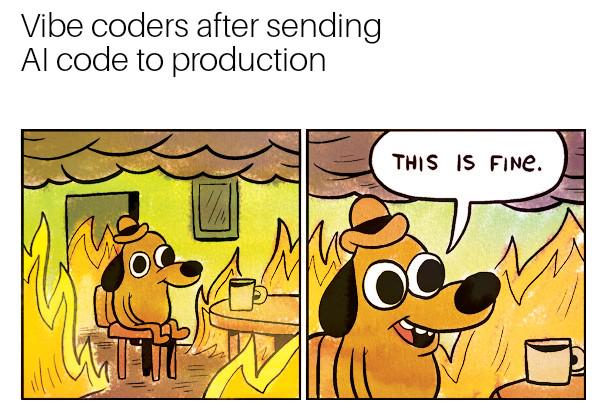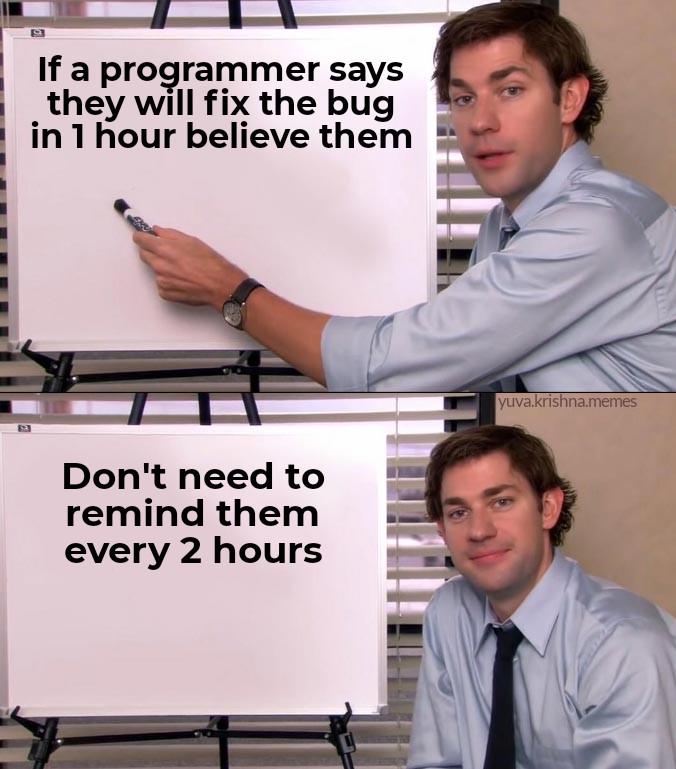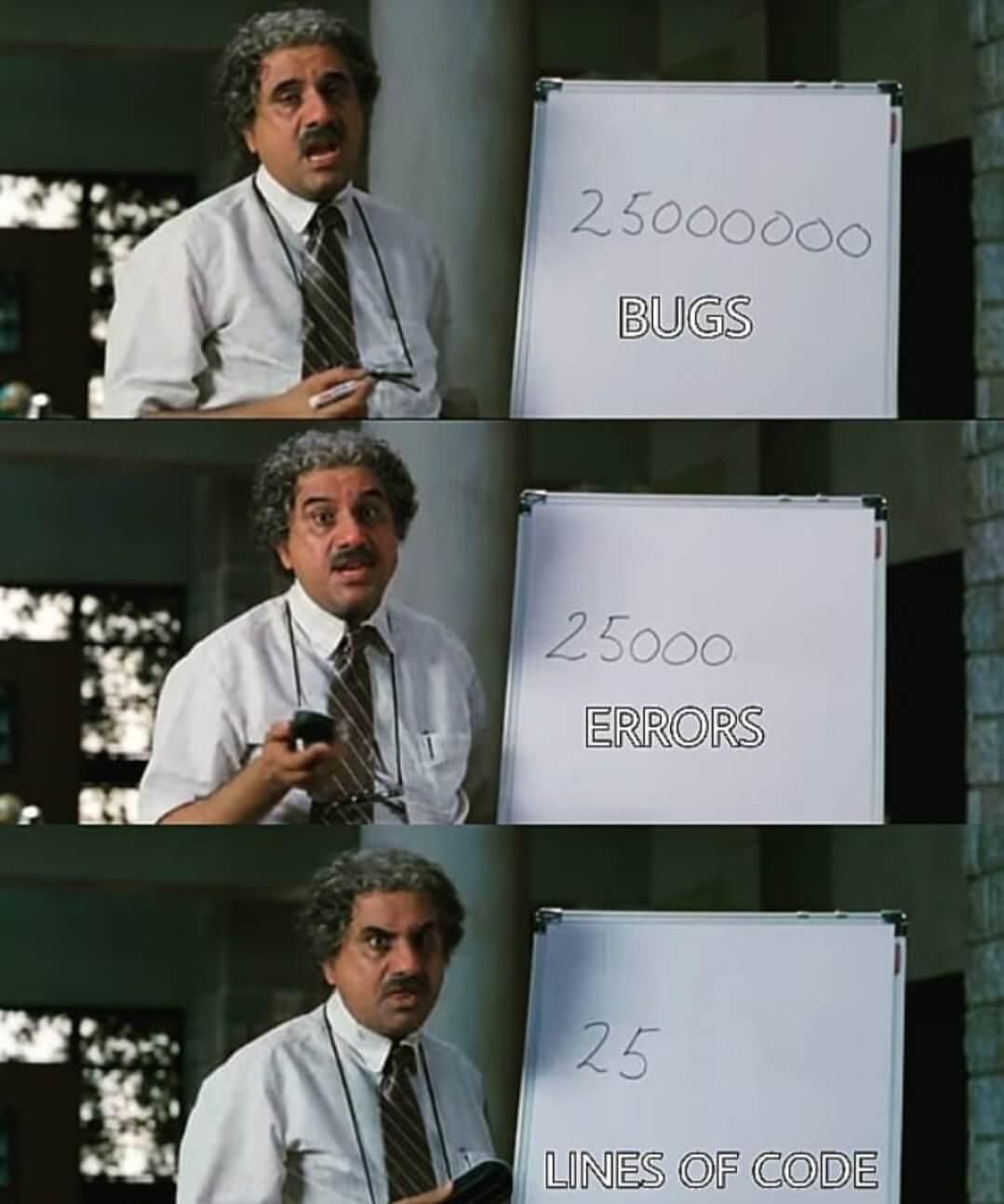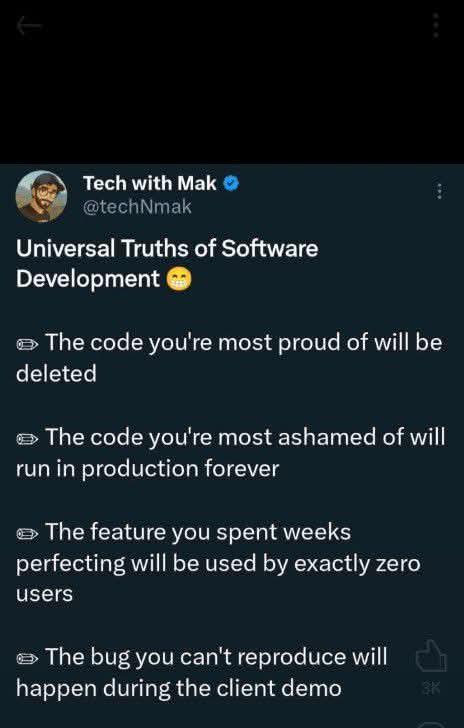Oh. My. GOD. The absolute DELUSION happening here! 😂 Senior Dev and Junior Dev are having the time of their lives, CACKLING like hyenas over a QA report claiming "No new bugs found." The AUDACITY! The FANTASY! The pure, unadulterated FICTION! It's like claiming you've found a unicorn riding a rainbow! Everyone in software knows that "no bugs found" is just code for "we didn't look hard enough" or "the tests didn't cover anything meaningful." The QA team probably ran one test, clicked a button twice, and called it a day! 💅 Meanwhile, production is about to BURST into flames the second this gets deployed. But sure, keep laughing while Rome burns, developers!


 AI
AI
 AWS
AWS
 Agile
Agile
 Algorithms
Algorithms
 Android
Android
 Apple
Apple
 Bash
Bash
 C++
C++
 Csharp
Csharp












